The MagSafe Battery Pack appears to have a tiny capacity when examining its milliamp-hour rating, but that isn't the whole story. Here are the battery ratings and what they mean to users.
Apple hasn't provided full specs for the MagSafe Battery Pack. Official photography shows a few numbers that give us insight into how much charging capacity it has.
At first glance, the numbers appear mildly disappointing, with a capacity one-third of the iPhone 12 Pro Max battery.
More important than milliamp-hours, though is power and voltage. The milliamp-hour rating is often used to define how much a battery can charge a device, but this only works as a comparable metric if both the battery and the charged device have an identical voltage.
Apple MagSafe Battery Pack specifications
- 1,460mAh
- 7.62V
- 11.13Wh
iPhone battery capacities
- iPhone 12 Pro Max - 3,687mAh
- iPhone 12 Pro - 2,815mAh
- iPhone 12 - 2,815mAh
- iPhone 12 mini - 2,227mAh
All iPhone 12 models use 3.81V batteries, so the MagSafe battery pack has a higher voltage potential, and therefore, a higher watt-hour rating than the iPhone it is charging. This means that the MagSafe Battery Pack can provide more power to an iPhone than its milliamp-hour rating implies.
Conversions
Understanding the effective power that the MagSafe Battery Pack can provide lies in a simple math equation.
Amps * Voltage = Power (in watts)
By utilizing this equation, we can figure out the effective milliamp-hours of the MagSafe Battery Pack for a given voltage. Or, more simply, we can figure out the Watt-hour ratings of each iPhone and use this as a direct comparison to the MagSafe rating.
In terms of milliamp-hours
If the MagSafe Battery Pack provides 1,460mAh at 7.62V, then the effective milliamp-hour rating at 3.81V would be 2,920mAh. This number is found by taking the battery's power rating and dividing it by the voltage of the iPhone.
At an effective 2,920mAh, if we assume 100% efficiency (which you can't in real life, but we'll get to that in a moment), the MagSafe Battery Pack would be able to fully charge an iPhone 12 or iPhone 12 Pro without much issue. However, users shouldn't expect a perfect transfer of power between the devices due to heat loss and poor efficiency.
Wireless charging is about 50% efficient, meaning half of the power is lost to heat or other losses. That being said, it's hard to figure out MagSafe charging efficiency. Apple's "special sauce" may lead to better efficiency than "basic" Qi.
There will be some discussion surrounding wireless charging efficiency later. But, with this initial look at effective milliamp-hours given the iPhone's voltage, the MagSafe Battery Pack doesn't seem so underpowered.
In terms of Watt-hours
Mathematically, we can compare these ratings in many ways, but the amount of charge the battery provides will remain the same. While most battery packs use the milliamp-hour rating to represent capacity, Watt-hours would better explain the overall capacity without errors due to voltage differences.
The watt-hour value is a better indicator of overall device capacity because it takes voltage and amperage into account.
- MagSafe Battery Pack - 11.13Wh
- iPhone 12 Pro Max - 14.05Wh
- iPhone 12 Pro - 10.73Wh
- iPhone 12 - 10.73Wh
- iPhone 12 mini - 8.48Wh
Using this metric, we can see the MagSafe Battery Pack lies squarely between the iPhone 12 and iPhone 12 Pro Max in terms of total capacity. When we account for charging efficiency then the numbers aren't quite so impressive, but adequate given the battery pack's size. At 70% efficiency, the MagSafe Battery Pack would charge the iPhone 12 mini to about 90% capacity from zero.
Charging efficiency
There are a number of factors users should take into account when considering the battery capacity. While the numbers look good on paper for the MagSafe Battery Pack, once the ratings are properly examined, efficiency isn't 100%.
Apple acknowledges this by programming in some intelligence into the iPhone and MagSafe Battery Pack. To get the most out of using the MagSafe Battery Pack, Apple doesn't allow it to charge the iPhone at the same speed, given the conditions of the charge, including heat, and the charged iPhone's battery characteristics.
Apple's Intelligent charging features
- MagSafe Battery Pack will stop providing a charge if the iPhone reaches 90%
- If the iPhone becomes too hot, the MagSafe Battery Pack stops charging over 80%
- The MagSafe Battery Pack will ensure the iPhone reaches a full charge first before using connected power to charge itself
- The iPhone can charge the MagSafe Battery Pack through reverse charging if its internal battery is full and connected to power
Apple takes into account temperature considerations during any charging process. Introducing too much heat to a lithium-ion battery will cause it to degrade faster, so it isn't recommended to use wireless charging in overly hot environments.
Luckily, users do not need to consider charging efficiency or temperature when using their devices. Baked-in intelligence will handle all of this for them, so inefficient charging isn't taking place.
Regardless of charging intelligence features, wireless charging is still inherently inefficient. Heat loss and magnetic loss will cause some of the MagSafe Battery Pack's power to dissipate at a rate faster than over a cable.
AppleInsider will test the charging efficiency of the MagSafe Battery Pack to determine exactly how much power it will provide in a stable environment. As previously mentioned, Qi charging is about 50% efficient, but we expect MagSafe wireless charging to be between 60% and 70% with Apple's battery intelligence.
The MagSafe platform has shown it uses proprietary technology and intelligence to overcome some of the issues with wireless charging. The MagSafe Battery Pack can provide 15W of power to the attached iPhone until it reaches one of the requirements mentioned above.
Is the MagSafe Battery Pack underpowered?
Our initial examination of specs and data here has shown that Apple's MagSafe Battery Pack isn't as weak an offering as initially feared. Its power rating shows it will have enough capacity to come close to doubling the battery life of an iPhone 12 mini during use.
Efficiency aside, we believe using the MagSafe Battery Pack will be a good experience for those who want a little more power throughout the day. Small battery packs like Apple's aren't meant to replace a dedicated power supply or daily charging routine but provide a few hours of extra device use when needed.
Apple's offering appears to be rather small and thin while providing nearly 100% of an iPhone's battery charge at 15W. We expect it to be sufficient for users seeking this type of battery pack.
Many were quick to compare the MagSafe Battery Pack to one made by Anker but didn't have the full story. The Anker battery pack has a 5,000mAh capacity but only charges at 7.5W and doesn't have the same charging intelligence features as Apple's battery.
AppleInsider will test the Apple MagSafe Battery Pack and compare it to its rivals once it becomes available. Customers can purchase the MagSafe Battery Pack for $99 on Apple's website.
 Wesley Hilliard
Wesley Hilliard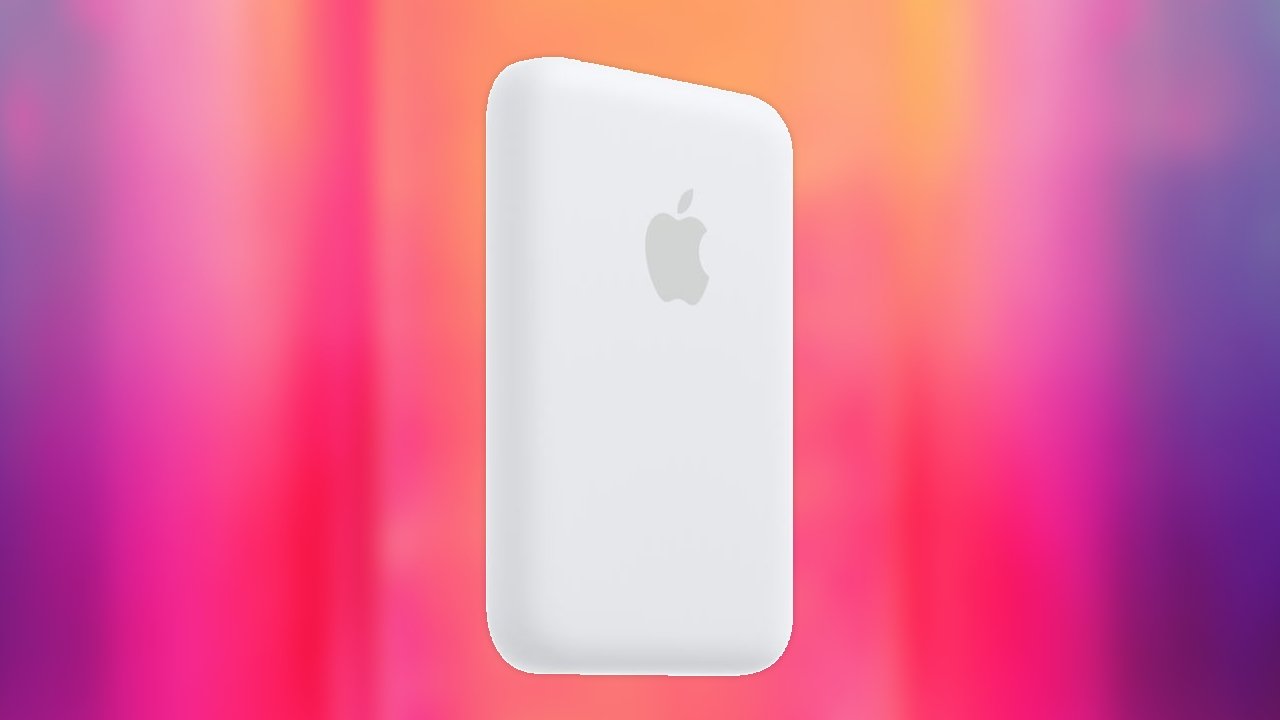
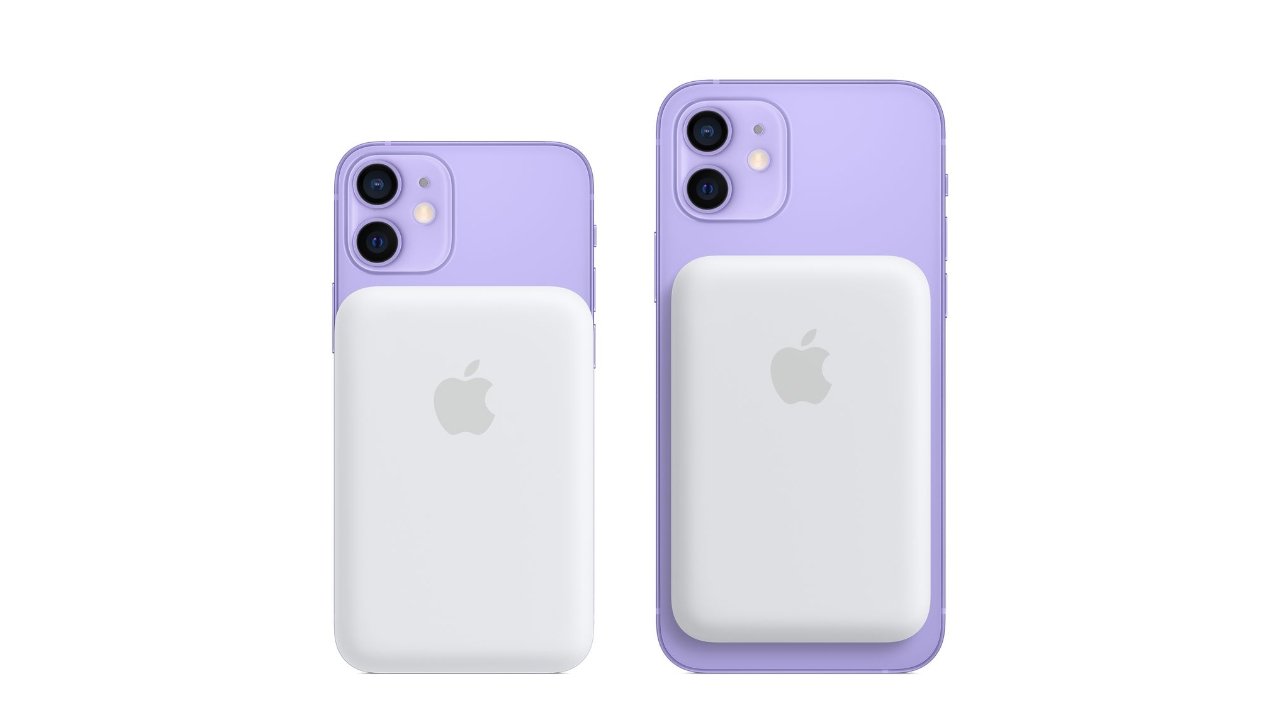
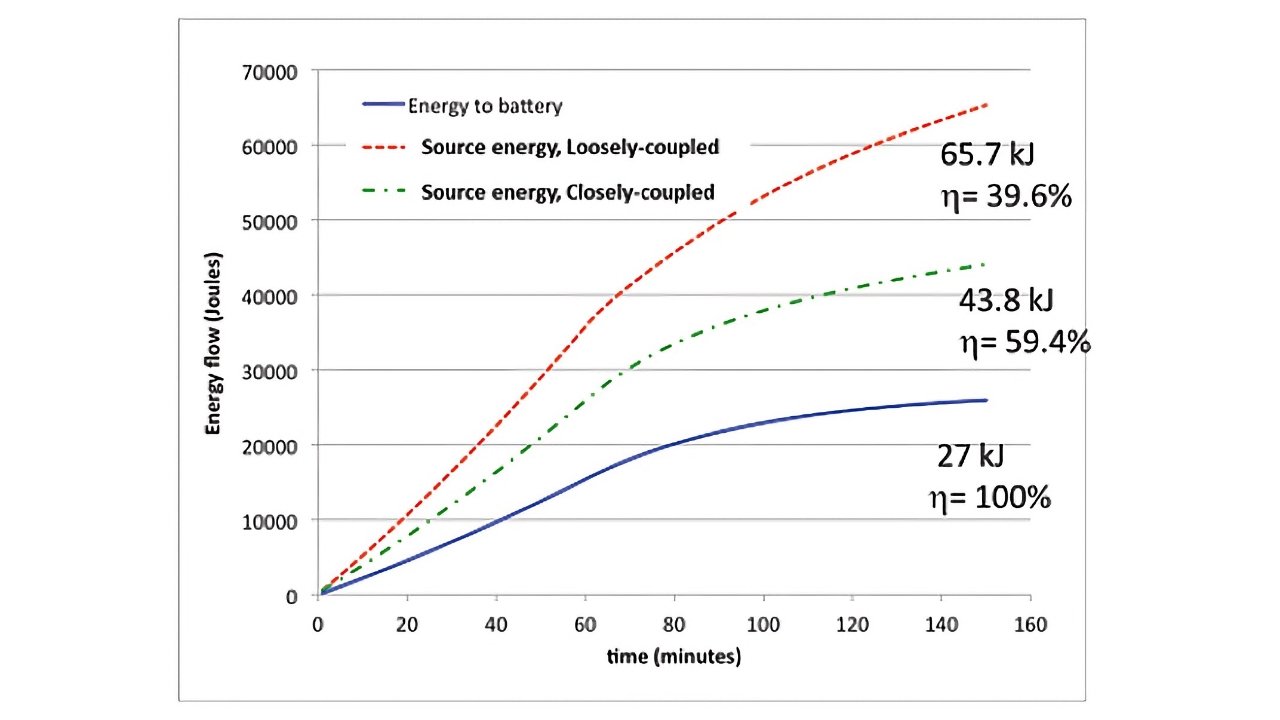

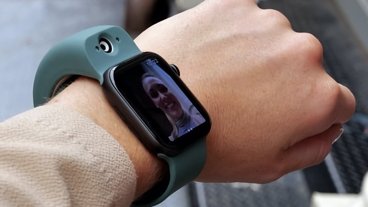

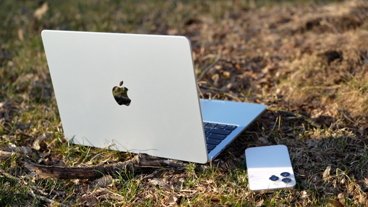
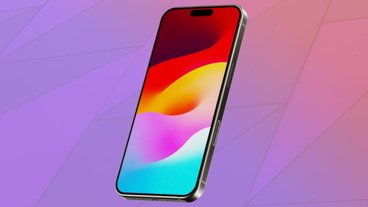


-m.jpg)





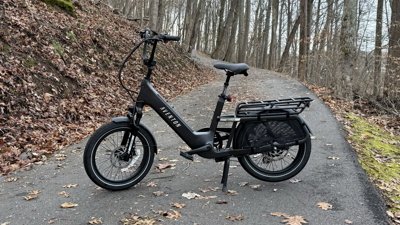
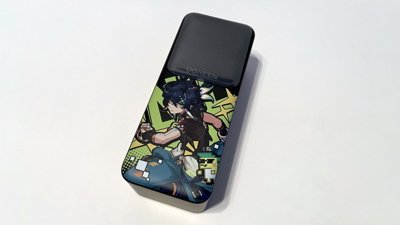
 Brian Patterson
Brian Patterson
 Christine McKee
Christine McKee
 Andrew O'Hara
Andrew O'Hara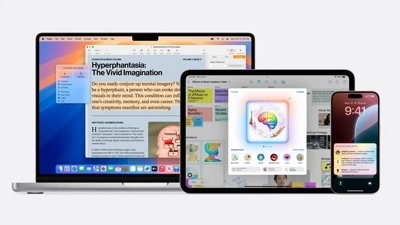
 Malcolm Owen
Malcolm Owen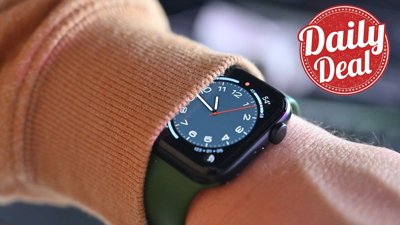
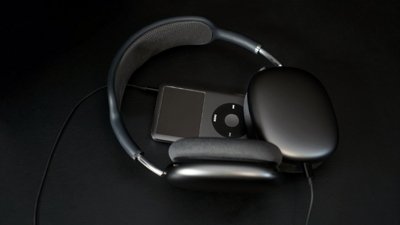

 William Gallagher
William Gallagher







24 Comments
I wasn’t really good in math and science in high school and 50 years later still confused by it all. But an excellent article regardless.
Amps is current. Watts is power. If you’re going to compare, you have make an equal comparison. Simple as that.
This is what I find baffling about this product. The whole reason for having an auxiliary battery pack is because you’re running low on power, so why waste 50% of the reserve power you have on an inefficient charging process? Even if Apple improves significantly on Qi charging metrics, you’re still losing power.
So they are using two 3.8v cells to get to 7.6 volts. My guess is they are using similar pouch cells as to what's in an older iPhone. Though 1460 mAh is pretty weak these days. I have cylindrical 18650 cells that are used out of scooter battery packs that I've tested @ 3000mAh. It could have been so much better if they had made it just a little bit thicker. As usual Apple cheaped out to maximize profit.
The iPhone 12 mini's battery is 2,227mAH, why didn't they just used those.
I’m very tempted to get one, but I really wish they made one in black.